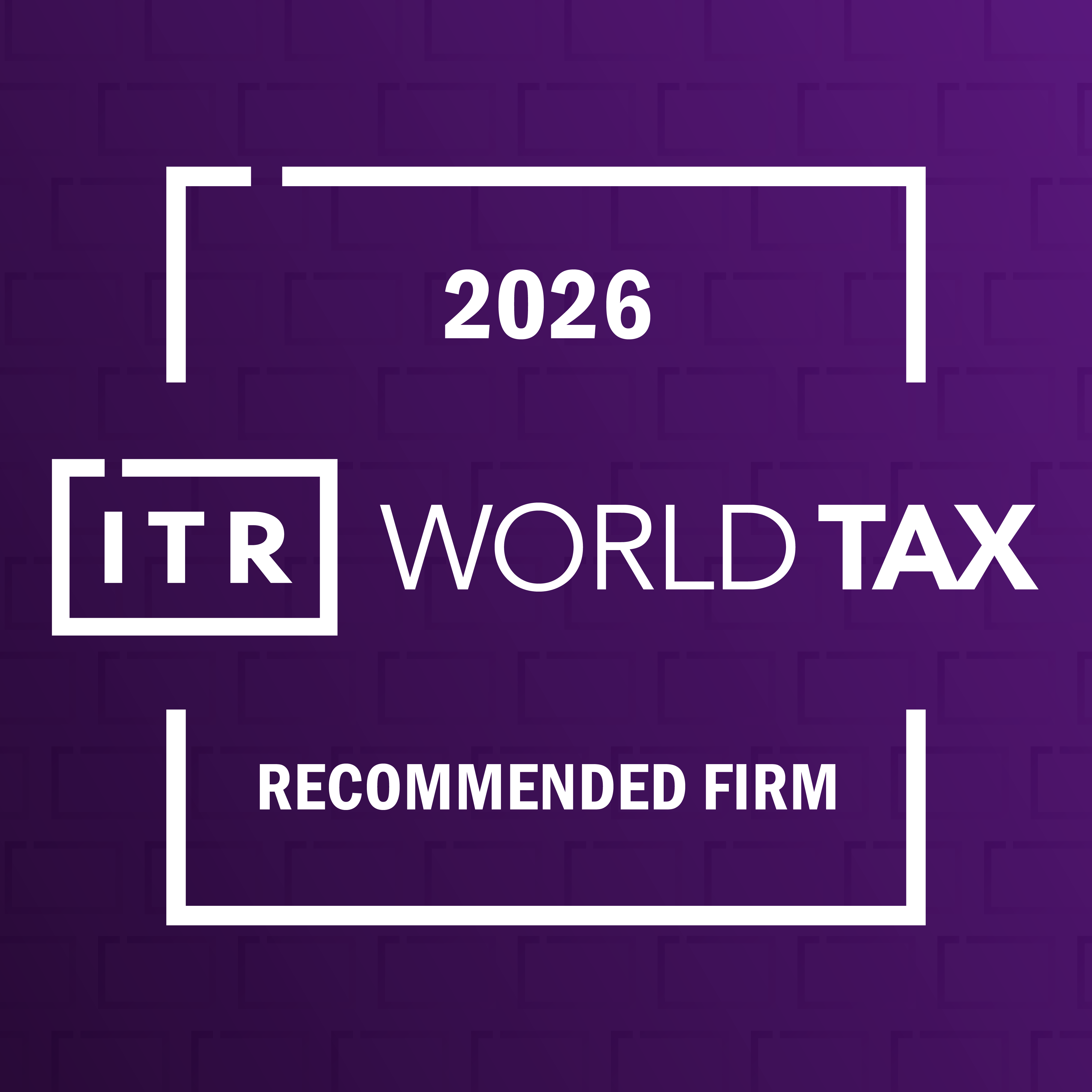Simultaneous Tax Examination: An Alternative to Prevent Double Taxation in Transfer Pricing Disputes
Muhammad Arif Darmawan,
Meiliana,
.png)
The world is currently facing complex economic turbulence, from escalating geopolitical tensions between Iran and Israel, a renewed trade war among major economies, to surging prices of strategic commodities like oil, gas, and metals due to global supply chain disruptions.
This situation affects not only market stability but also has a direct impact on pricing strategies and profit allocation of multinational enterprises (MNEs) across jurisdictions.
Amid these global pressures, transfer pricing is once again under the spotlight. In many cases, adjustments to the arm’s length nature of cross-border related-party transactions result in the risk of double taxation. When two tax authorities take differing views on how a transaction should be characterized, the possibility of the same income being taxed in both countries becomes a real and costly threat.
Compounding the issue, the country of residence of the parent company does not always grant a corresponding adjustment. This creates a loophole for double taxation to occur, one that not only burdens corporations but also fosters uncertainty in the international investment climate.
READ: Corresponding Adjustment, Anti-Double Taxation that the Authority Ignored
Corresponding Adjustment via MAP Still Falls Short
To date, the Mutual Agreement Procedure (MAP) has been regarded as the primary mechanism for resolving potential cases of double taxation. However, numerous studies and practical experiences have shown that MAP's effectiveness remains limited.
In Indonesia, MAP requests have shown an upward trend, particularly over the past three years. This increase aligns with the growing complexity of transfer pricing cases. Nevertheless, the resolution rate is still far from optimal, mainly due to:
- Dependence on the existence of effective tax treaties between the countries involved;
- Lengthy negotiation processes that can take years to conclude;
- Diverging interpretations of transfer pricing methodologies among tax authorities;
In the face of business demands for greater legal certainty, this condition presents a significant challenge.
STE as a Strategic Alternative
In this context, Simultaneous Tax Examination (STE) emerges as a collaborative instrument designed to address the weaknesses of traditional adjustment mechanisms.
STE is defined as a joint but independent examination activity conducted simultaneously by the tax authorities of two or more countries on entities within the same corporate group, based on mutual agreement between the respective Competent Authorities.
READ: Differing Tax Office Perspectives: Fueling Uncertainty in Domestic Corresponding Adjustments
Simultaneous Tax Examination (STE) is formally regulated under PER-10/PJ/2025 as part of Indonesia’s commitment to enhancing international tax cooperation and improving information exchange based on international agreements. This initiative is also aligned with the implementation of the BEPS Action Plan 13 on transfer pricing documentation and Action Plan 14 on resolving international tax disputes.
Specifically, STE may be conducted under the following conditions:
- There is a connection between tax issues involving an entity in Indonesia and its related party entity in a treaty partner country;
- Both tax authorities have a shared interest in conducting an examination;
- There are indications of tax avoidance or evasion through transfer pricing schemes.
These provisions reflect the need for a strategic response to the growing complexity of cross-border transactions, challenges that cannot be adequately addressed by any single jurisdiction acting alone.
Within this framework, STE represents a more proactive and strategic approach. By involving tax authorities from two or more jurisdictions in conducting parallel examinations simultaneously on taxpayers within the same corporate group, STE facilitates early-stage dialogue and information exchange.
This approach fosters mutual understanding regarding the nature of related-party transactions under examination and helps minimize the risk of disputes stemming from differing views. More than just a tool for technical efficiency, STE also promotes fairness for taxpayers by ensuring that the process is both transparent and collaborative.
The Role of STE in Transfer Pricing Audits
Under the provisions of PER-10/PJ/2025, Simultaneous Tax Examination (STE) can be conducted if there is a tax issue involving both a taxpayer in Indonesia and a related party in a treaty partner country, there is a shared interest between tax authorities, and there are indications of tax avoidance or evasion.
This means STE is not carried out unilaterally but rather as a collaborative response to credible indications of tax avoidance involving multiple jurisdictions.
The Directorate General of Taxes (DGT) may utilize STE as a cooperative follow-up mechanism during transfer pricing audits, particularly when examining entities reporting financial losses. However, a taxpayer’s loss position should not be used automatically as the basis to conclude that tax avoidance has occurred.
Unilateral transfer pricing adjustments without a strong legal and factual foundation carry the risk of disagreement with the counterpart tax authority and may result in international disputes or double taxation. Hence, a more cautious and collaborative approach is critical.
When potentially high-risk related party transactions are identified, the DGT may first initiate international information exchange, including via STE, to conduct clarification and coordination with the counterpart tax authority.
Through this process, the DGT not only strengthens the legal and factual basis of any adjustment but also builds international legitimacy. This approach promotes more accountable and equitable audit governance.
Moreover, it sends a signal that transfer pricing adjustments are not merely unilateral fiscal actions, but rather part of cross-border cooperation aimed at ensuring compliance and preventing erosion of the tax base.
Conclusion: The Urgency of Collaboration in International Tax Enforcement
Amid the rising global narrative against base erosion and increasing demands for transparency, unilateral approaches in international tax audits are becoming obsolete. Simultaneous Tax Examination (STE) reflects a new direction in tax enforcement—one that is collaborative and adaptive to the challenges of globalization.
By leveraging the momentum of international cooperation, through mechanisms such as the Automatic Exchange of Information (AEOI) and a strengthened Mutual Agreement Procedure (MAP), STE can serve as a key pillar in establishing a fair and sustainable transfer pricing system.
*The author is a transfer pricing practitioner at MUC Consulting.
Disclaimer! This article is a personal opinion and does not reflect the policies of the institution where the author works.


